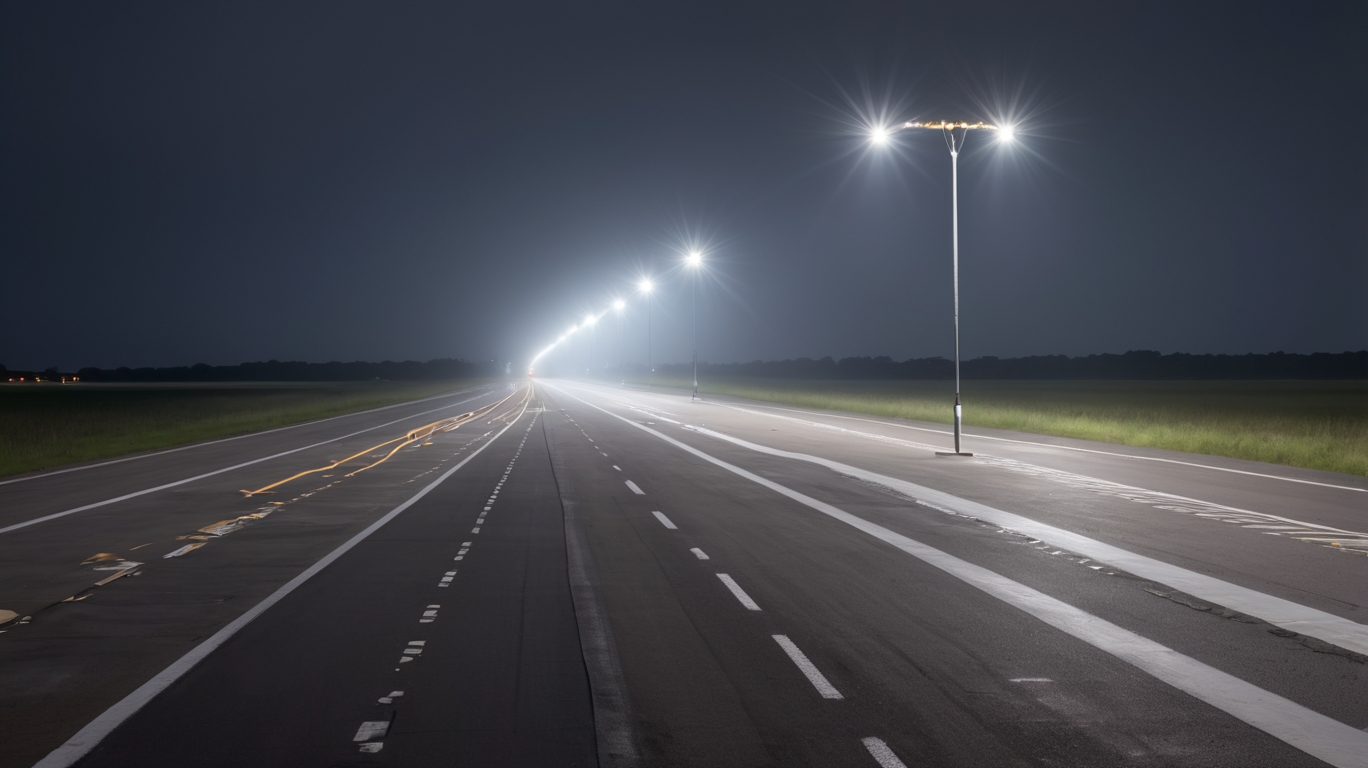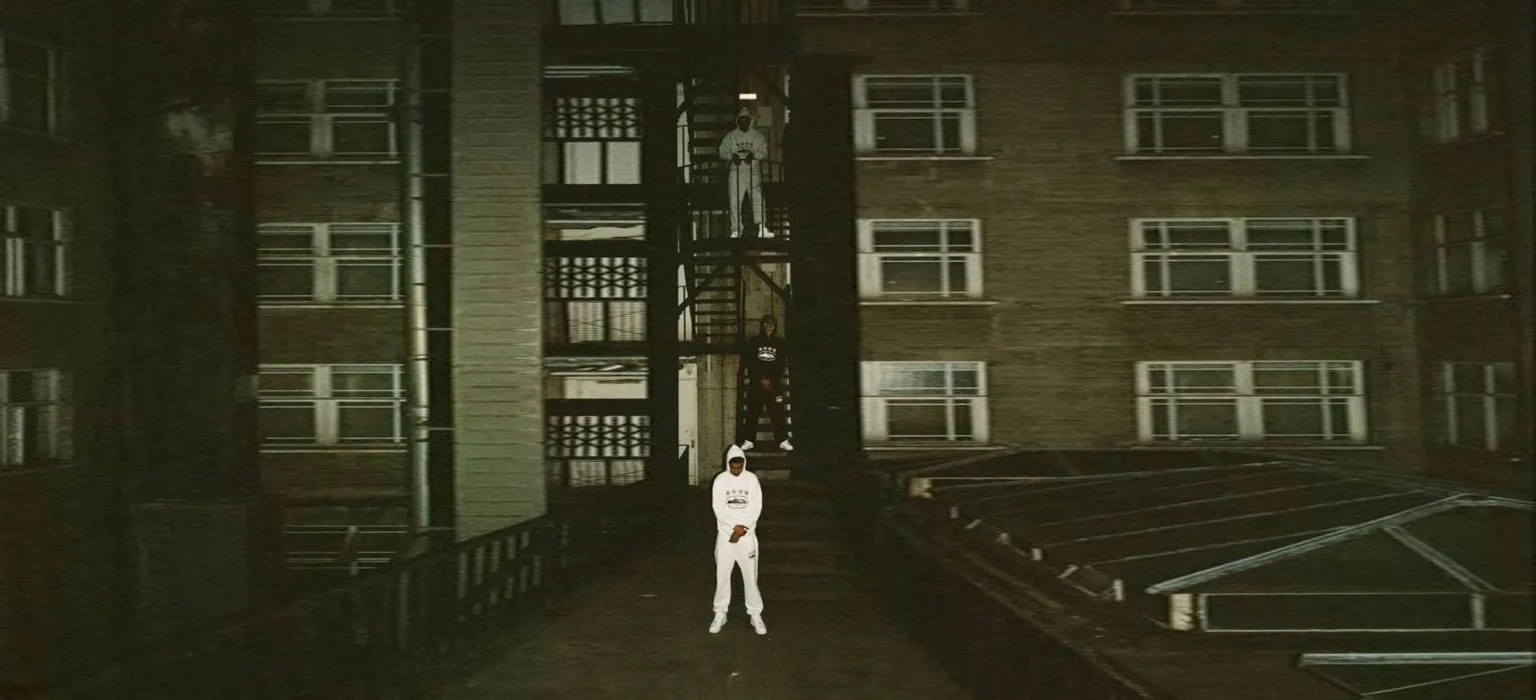
In the fast-paced environment of airport operations, safety is paramount—especially on active runways. One of the leading causes of ground-related aviation accidents is runway incursions: incidents where unauthorized aircraft, vehicles, or personnel enter the runway area. These situations pose a significant risk to both aircraft in motion and ground crew.
To tackle this challenge, modern airfields are turning to Airfield Lighting Monitoring systems. These advanced tools help airport operators detect anomalies and trigger automated lighting alerts that prevent potential runway incursions before they become dangerous. As automation continues to transform aviation, lighting alert systems are becoming a vital part of runway safety infrastructure.
Why Runway Incursions Are a Growing Concern
With increasing air traffic and more complex airport layouts, the chance of communication breakdowns and human errors rises. Even a momentary lapse in communication or an unexpected vehicle movement can result in a hazardous situation.
Automated lighting systems serve as an extra layer of defense. They work continuously in the background, analyzing runway activity, and issuing visual alerts the moment something appears out of the ordinary.
What Are Automated Lighting Alerts?
Automated lighting alerts are a function of smart lighting systems integrated with Airfield Lighting Monitoring. These alerts activate when the system detects:
- Unauthorized access to the runway or taxiway
- Incorrect aircraft positioning
- Weather-triggered visibility concerns
- System malfunctions in lighting zones
When detected, the lighting system can change colors, pulse, or brighten to signal nearby pilots or crew that there is a situation requiring immediate attention.
Key Benefits of Automated Lighting Alerts
1. Real-Time Risk Detection
The biggest advantage of automated alerts is instant feedback. Traditional manual monitoring leaves room for delayed reactions. In contrast, a smart system with real-time analytics immediately recognizes breaches or unusual movement and responds accordingly.
2. Visual Communication That Bypasses Language Barriers
Not all pilots or ground staff speak the same language fluently, but lighting is a universal signal. Blinking lights, color changes, and intensity shifts instantly alert everyone in the vicinity, regardless of spoken language.
3. Improved Coordination Between Tower and Ground
Lighting alerts create synchronized awareness between ATC (Air Traffic Control) and ground teams. When a lighting alert activates, both teams can respond faster and more accurately, reducing miscommunication and reaction time.
4. Enhanced Night and Low-Visibility Operations
During fog, rain, or night operations, visual awareness is already limited. Automated lighting alerts help fill this sensory gap by emphasizing critical zones and guiding pilots more safely across runways and taxiways.
5. Data for Post-Incident Review
Airfield lighting monitoring systems don’t just manage light—they record events. This data helps airports analyze incidents after they occur and fine-tune operational protocols to prevent future incursions.
Best Practices to Reduce Runway Incursions with Lighting Alerts
Use Intelligent Zoning
Divide the airfield into intelligent lighting zones that respond to different triggers. For example, one zone may flash yellow for unauthorized vehicle presence, while another turns red if an aircraft crosses a line without clearance.
Integrate with Surveillance and Radar
Automated lighting works best when combined with radar and video surveillance. Together, these systems offer a 360-degree view of runway activity and strengthen predictive capabilities.
Ensure Staff Are Trained
Technology is powerful—but only when used correctly. Ensure that both tower operators and ground staff are trained to understand lighting patterns, know how to respond to them, and can troubleshoot the system if needed.
Conduct Regular System Testing
Routine testing guarantees your automated lighting alerts are fully functional. Scheduled tests can include simulating incursions to evaluate system response and human readiness.
Adopt a Scalable Solution
Choose an airfield lighting system that grows with your airport’s needs. Whether expanding operations or upgrading technology, a scalable platform ensures long-term value and adaptability.
Real-World Impact: A Safer Airfield Environment
In airports that have implemented automated lighting alerts, the reduction in runway incursions is clear. Not only have incident reports decreased, but confidence among pilots and ground crew has grown, knowing they have a reliable, non-verbal communication system watching over them.
From regional airfields to international hubs, airfield lighting automation is redefining how we think about runway safety.
Conclusion
Automated lighting alerts are not just a high-tech feature—they’re a game-changer in preventing runway incursions and ensuring safer airfield operations. When integrated with a comprehensive Airfield Lighting Monitoring solution, these systems give operators and pilots a proactive way to manage movement on the runway, especially in high-risk or low-visibility situations.
As air traffic continues to increase globally, adopting smart lighting technologies is one of the most effective and immediate steps airports can take to protect passengers, crew, and equipment on the ground.




